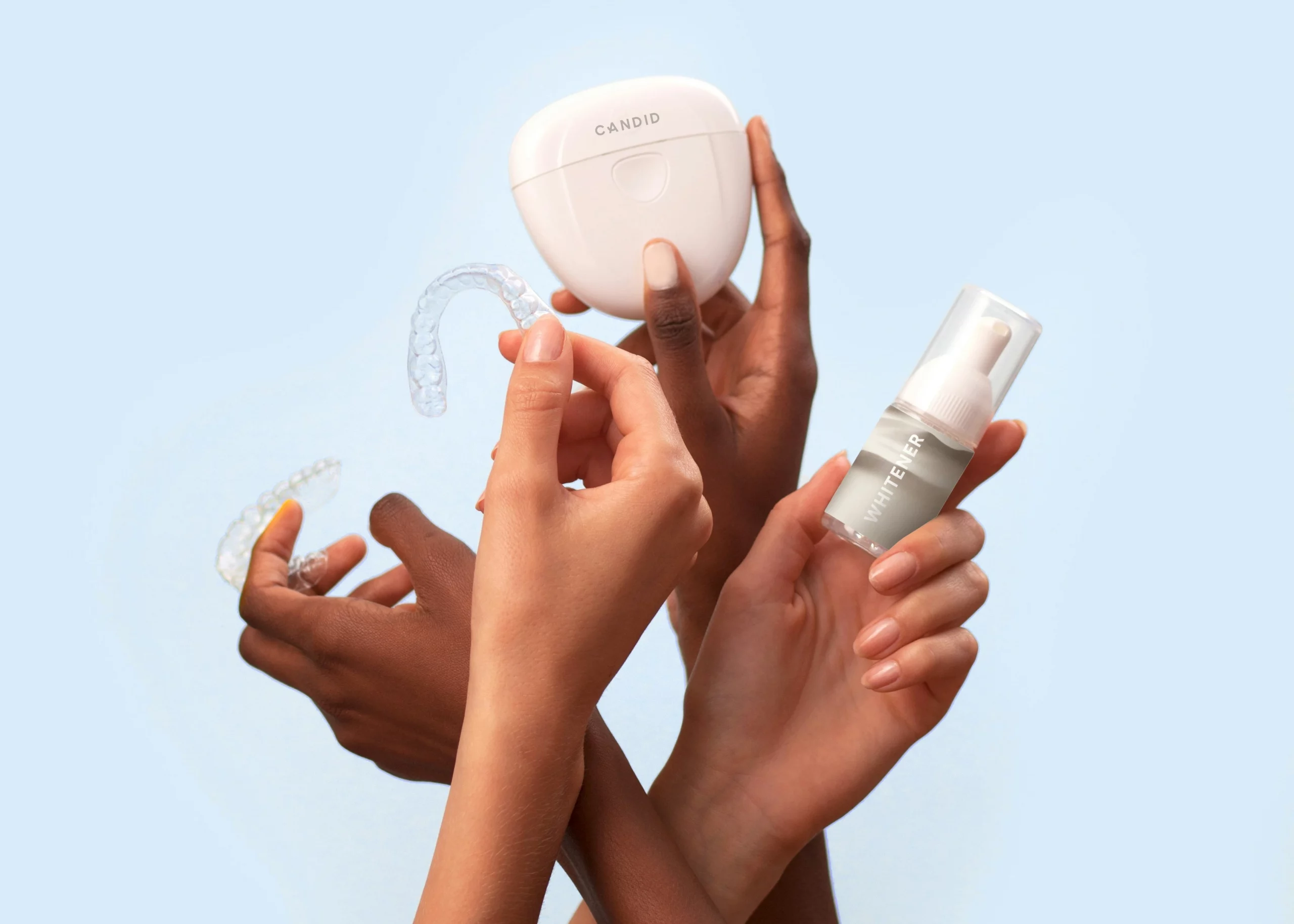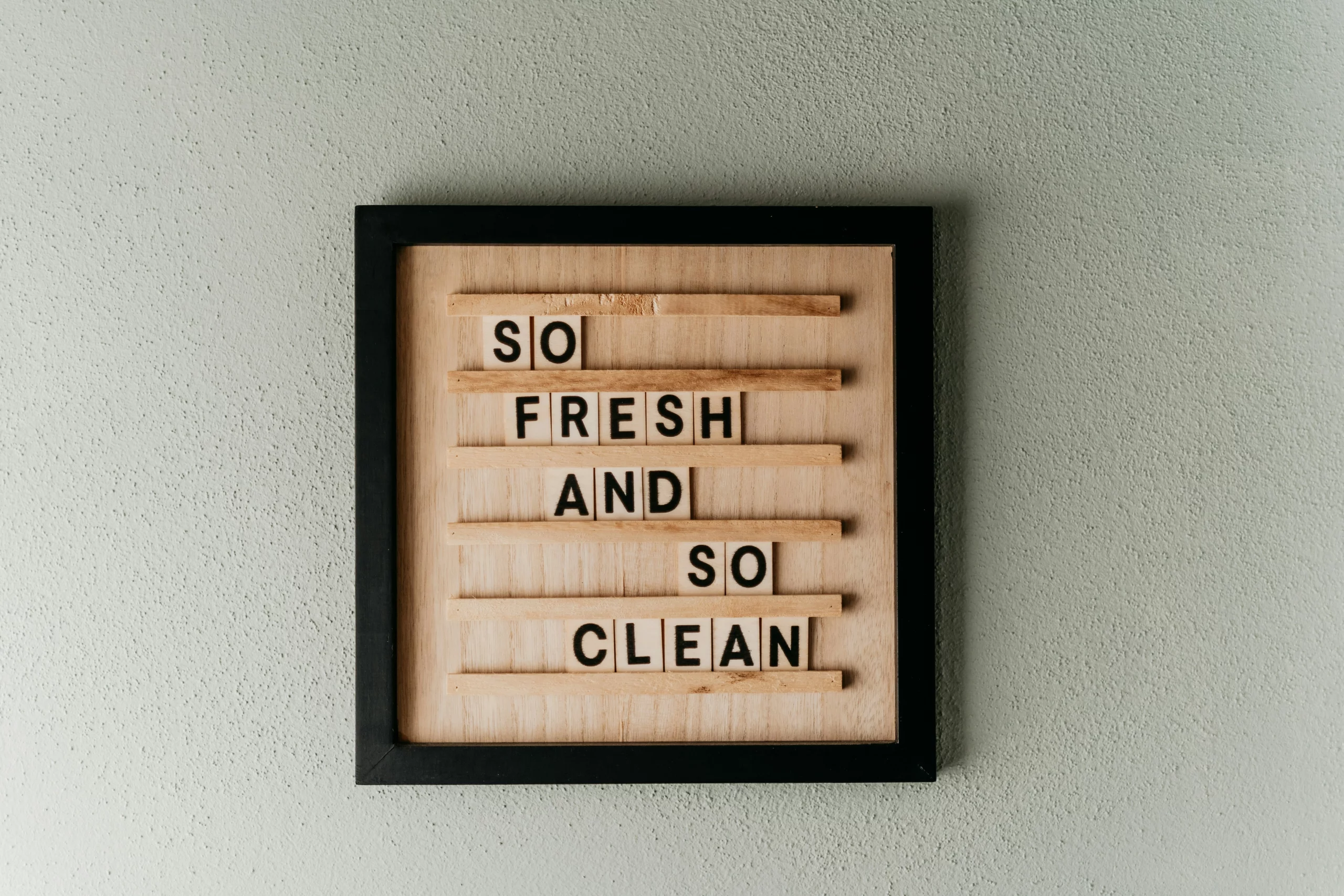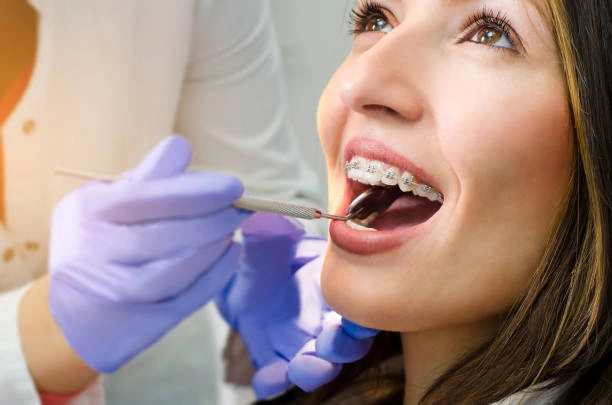Invisalign has become a popular choice for people looking to straighten their teeth without metal brackets or wires. While the clear aligners offer a more discreet and comfortable option, many patients wonder: How long does Invisalign take to show noticeable results? The answer depends on your unique smile, your goals, and how closely you follow your treatment plan.
In this article, we’ll walk you through the expected timeline, key factors that can influence treatment length, and what happens once your aligners come off, so you can make informed decisions about your Invisalign journey.
Invisalign Treatment Duration: What to Expect

The duration for which individuals must wear aligners primarily depends on the specific orthodontic issues present and the consistency with which the aligners are worn. While each case is unique, Invisalign provides a systematic and individualized approach to achieving dental alignment. With adherence to the prescribed regimen, patients can typically expect predictable progress toward improved dental aesthetics.
Average Invisalign Treatment Time
The duration of Invisalign treatment isn’t set in stone; it generally ranges from about 12 to 18 months, though this is strongly influenced by the specific alignment challenges of each patient. For individuals dealing with mild crowding or minimal gaps, treatment may be completed in as little as six months. On the other hand, cases involving significant spacing, tooth rotations, or jaw alignment complications can extend the process up to 24 months.
Adherence to the recommended guidelines, wearing each set of aligners for 20 to 22 hours per day and changing them every one to two weeks, is essential. Most patients will observe incremental dental movement within the first several weeks, which indicates that the aligners are functioning as intended. Maintaining discipline with the aligner schedule, attending regular check-up appointments, and practicing thorough oral hygiene are all critical factors that contribute to successful and timely outcomes. In some cases, these practices can even result in completing treatment ahead of schedule.
Factors Influencing Treatment Duration
Several variables affect how long your Invisalign treatment will last:
- Severity of misalignment: More complex cases take longer to correct.
- Age: Teeth tend to move more easily in teens and younger adults than in older patients.
- Jaw and bite alignment: Correcting an overbite, underbite, or crossbite may extend treatment.
- Wearing aligners as directed: Aligners must be worn 20–22 hours per day for maximum effectiveness.
Ultimately, your orthodontist will design a timeline based on your individual needs—and may adjust your plan along the way.
Invisalign vs. Braces: Time Comparison
In many instances, the duration of Invisalign treatment aligns closely with that of conventional metal braces. For cases involving minor alignment concerns, Invisalign may even expedite the process, largely due to advancements in digital planning and the use of innovative materials. Conversely, individuals with more complex orthodontic needs such as significant bite correction may experience treatment times comparable to, or potentially longer than, those associated with metal braces.
Nonetheless, Invisalign’s discreet appearance and removable nature continue to make it a popular choice among adults and adolescents seeking effective and unobtrusive orthodontic solutions.
Accelerating Your Invisalign Journey

While your orthodontic treatment timeline might seem fixed, it isn’t entirely inflexible. In reality, patients can often influence the course of their treatment by adopting consistent, proactive habits. Adhering closely to aligner wear schedules, maintaining rigorous oral hygiene, and following provider instructions precisely are all crucial factors. By prioritizing these behaviors, individuals may experience more efficient progress, and in some cases, even complete treatment ahead of the anticipated schedule.
Tips for Staying on Schedule
The success of Invisalign relies heavily on your commitment. Here’s how to keep things moving:
- Wear aligners 20–22 hours daily, only removing them to eat, drink (except water), and brush
- Change trays on schedule, unless instructed otherwise by your provider
- Keep appointments for monitoring and mid-treatment scans
- Clean your aligners to avoid buildup that could hinder progress
- Store them properly when not in use to prevent damage or loss
Any delay in switching trays or skipping aligner wear can set you back by weeks—or even months.
Importance of Compliance with Aligners
Unlike traditional braces, Invisalign aligners place significant responsibility on the patient. Because they are removable, the temptation to leave them out longer than advised is common, yet this habit can substantially impede progress. Even brief, repeated absences—just a few hours daily—can slow tooth movement and may result in the need for additional refinement trays, ultimately prolonging treatment.
For optimal results, it is essential to wear the aligners for 20 to 22 hours per day and to progress to each new set according to the prescribed schedule. Should an aligner become lost or damaged—or if the treatment falls behind schedule—it is imperative to contact your provider promptly. Timely communication allows for necessary adjustments to the treatment plan, minimizing potential disruptions and ensuring more predictable outcomes.
Post-Treatment: What Happens After Invisalign?

Although you may have completed your final Invisalign tray, your orthodontic treatment isn’t truly finished. There is a necessary retention phase that follows, which is essential for preserving the results you’ve worked hard to achieve. Neglecting this step can allow your teeth to shift back toward their original positions, effectively reversing your progress. By consistently wearing your prescribed retainers, you help stabilize your new alignment, ensuring the longevity of your improved smile.
Retention Phase and Retainers
After completing Invisalign, you’ll receive a retainer, typically worn at night. This clear, custom-fit device looks much like your last aligner, but its job is to maintain your results rather than move your teeth. Most patients need to wear their retainer every night for the first year, and then gradually reduce to several nights per week. Failing to wear your retainer as instructed can cause teeth to relapse—requiring additional treatment.
Maintaining Your New Smile
Beyond retainers, maintaining your Invisalign results also means:
- Brushing and flossing daily
- Keeping up with regular dental checkups and cleanings
- Addressing any grinding or clenching issues with a nightguard
- Wearing your retainer long-term
With the right habits, your straightened teeth can stay that way for life.
Frequently Asked Questions (FAQs)
1. How long does Invisalign treatment typically take?
Most Invisalign cases are completed in 12 to 18 months, depending on the complexity of the dental issues being addressed. Patients with minor spacing or crowding may complete treatment in as little as 6 months. More complex bite corrections could take up to 24 months. Your orthodontist will provide a specific estimate based on your individual needs.
2. Can treatment time vary between patients?
Yes, treatment duration is highly personalized. Even two patients with similar dental concerns may have different timelines due to age, jaw structure, or how closely they follow their aligner schedule. Lifestyle habits like consistently removing aligners for extended periods can also impact treatment time. Compliance is one of the most critical factors in keeping your plan on track.
3. What factors can extend the duration of Invisalign treatment?
Several issues can delay your results: skipping aligner wear, missing checkups, or dealing with more complex conditions like severe bite misalignment. Loss or damage of aligners can also push your timeline back if replacements are needed. Sticking to your orthodontist’s instructions, keeping trays safe, and communicating regularly will help avoid unnecessary delays.
4. Is Invisalign faster than traditional braces?
For many mild to moderate cases, Invisalign may be slightly faster than braces due to its precision planning and innovative SmartTrack material. However, for complex orthodontic needs involving multiple tooth movements or jaw realignment, the timeline is often comparable. Your provider will recommend the most efficient treatment option for your specific situation.
5. How can I ensure my treatment stays on track?
Wear your aligners 20–22 hours per day, switch trays on schedule, and attend all follow-up visits. Keep your aligners clean and avoid eating or drinking (besides water) while wearing them. If you lose or break a tray, contact your orthodontist right away. The more consistent and diligent you are, the more predictable and efficient your Invisalign results will be.
Ready to start your Invisalign journey? At GP Dental, we specialize in customized Invisalign plans that fit your lifestyle and deliver real results—on your timeline.
Our experienced team will guide you every step of the way, from digital scans to post-treatment care. Whether you’re a teen looking to avoid braces or an adult ready for a subtle smile upgrade, we’re here to help. Schedule your consultation today and take the first clear step toward a confident, healthy smile.


